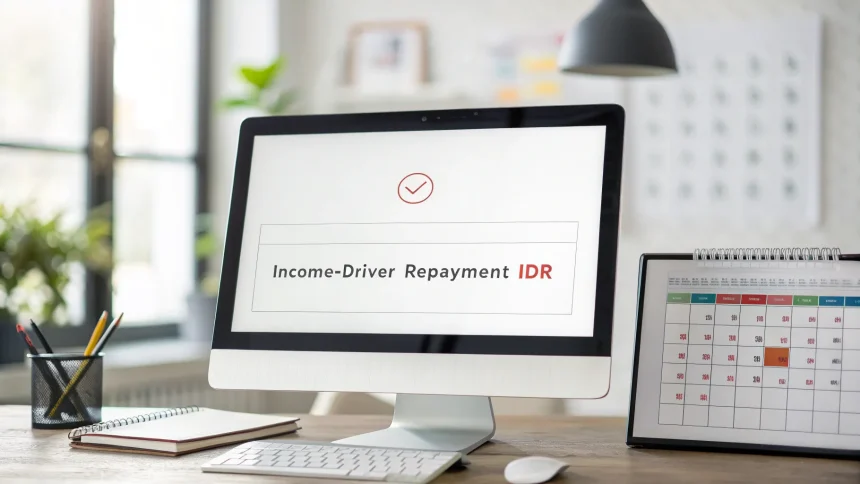The Trump administration faced significant criticism after removing online applications for Income-Driven Repayment (IDR) plans earlier this year. The decision prompted immediate reactions from consumer advocacy groups and student loan borrowers who rely on these programs to manage their federal student loan payments.
IDR plans are critical tools for millions of Americans struggling with student loan debt, as they cap monthly payments based on income and family size. When the administration took down the online application portal, borrowers were left with fewer accessible options to enroll in or recertify these payment plans.
Impact on Borrowers
The removal of online IDR applications created significant hurdles for borrowers seeking relief. Without easy access to these applications, many faced potential financial hardship as they lost a streamlined way to request more affordable payment options.
Consumer advocates pointed out that the timing was particularly problematic, as many Americans were already facing economic challenges. The decision effectively made it more difficult for borrowers to access programs specifically designed to prevent loan delinquency and default.
For borrowers who needed to recertify their income information to maintain their current IDR plans, the removal of online tools meant navigating more complex paper processes or phone systems during a time when many government offices had limited operations.
Criticism from Advocacy Groups
Consumer protection organizations quickly condemned the administration’s decision, characterizing it as an unnecessary barrier to financial relief programs. Many advocacy groups argued that the move contradicted stated goals of simplifying the federal student loan system.
Critics highlighted several concerns with the application removal:
- Reduced accessibility for borrowers without reliable mail service
- Longer processing times for paper applications
- Increased likelihood of errors in manual application processing
- Additional burdens on borrowers already facing financial stress
Some organizations suggested the decision reflected a broader pattern of policy changes that made student loan management more challenging for borrowers.
Administration’s Response
When faced with mounting criticism, the administration provided limited explanation for the removal of the online application system. Officials indicated the change was part of ongoing updates to federal student aid systems, though specific details about the timing and necessity of taking down existing tools before replacements were ready remained unclear.
“This decision left many borrowers in limbo during a critical time when they needed access to affordable repayment options,” noted one consumer advocate familiar with federal student loan programs.
The Department of Education faced questions about whether alternative application methods were sufficiently accessible and whether borrowers had been given adequate notice before the online tools disappeared.
The controversy highlighted ongoing tensions between streamlining government operations and maintaining essential services for citizens who rely on federal programs. For the millions of Americans navigating student loan repayment, changes to application systems represent more than administrative adjustments—they directly impact financial stability and planning.
As pressure mounted from various stakeholders, questions remained about when and how the administration would restore easy access to these critical repayment programs that help prevent defaults and provide long-term paths to loan forgiveness for qualifying borrowers.









